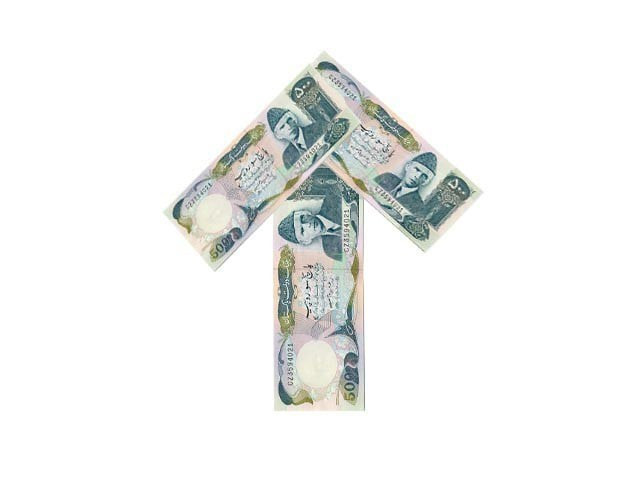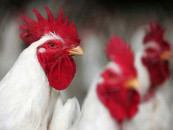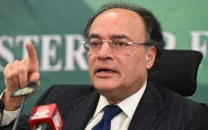Rupee wrests back some greenback gains
As dollar falls below Rs100, Sheikh Rashid terms the appreciation artificial.

Last time the rupee underwent such a drastic appreciation was following the 9/11 attacks. PHOTO: FILE
The rupee made a resounding comeback on Tuesday as the value of the US dollar fell below Rs100 in both interbank and open markets.
Marking the strongest appreciation of the last 30 years, the rupee gained as much as 7.7% against the dollar since November 28 when the rupee-dollar parity in the interbank market stood at Rs107.80.
Last time the rupee underwent such a drastic appreciation was following the 9/11 attacks when it gained 6.2% against the dollar in Sept-Dec 2001.
Earlier in December, Finance Minister Ishaq Dar had vowed to depreciate the greenback to below Rs100. He also urged investors to encash their dollars in order to avoid losses.
Commenting on the ongoing trend, Elixir Securities Head of Research Azfar Naseem said he foresees the exchange rate to stabilise at Rs102-Rs103 by the end of the current fiscal year provided the country receives the expected inflows in time.
“Markets tend to overreact to good news sometimes. The equilibrium (exchange) rate, to be established in three to four months, will largely depend on the realisation of inflows that Pakistan expects to receive by June,” Naseem said. The proceeds from the spectrum auction will play a key role in determining the rupee’s value against the dollar, he added.
Pakistan is expected to receive approximately $1.1 billion as a result of the auctions for 3G and 4G telecom licences this year. Similarly, the country expects to receive loans of about $1 billion and $500 million from the World Bank and the Asian Development Bank, respectively, before the end of the fiscal year.
Another $550 million from the International Monetary Fund (IMF) along with $500 million raised through the issuance of Eurobonds is going to pump Pakistan’s foreign currency reserves. In case the country receives full payment against the spectrum auctions along with other expected inflows before June, Naseem says, the rupee-dollar parity may settle at Rs97.
Rajesh Kumar Maheshwari, research analyst at Standard Capital Securities, is more optimistic than Naseem when it comes to the long-term stability of the rupee. “I think the current level will sustain until June with the rupee-dollar parity hovering around Rs100,” he said.
Emphasising that the country’s capital market is remarkably cheap with a price-to-earnings multiple of less than eight, Maheshwari said it is likely to keep attracting foreign investment in coming months.
According to latest data released by the State Bank of Pakistan (SBP), foreign portfolio investment (FPI) in January amounted to $31.5 million, which is 27% of the total FPI that Pakistan has received in the first seven months of the current fiscal year.
Foreign direct investment (FDI) in July-January totaled $523 million with inflows of $106.9 million in January alone.
The rupee’s sudden gains in recent weeks have forced all leading brokerage houses of the country to revise their end-of-year estimates of the rupee-dollar parity.
Bad for exports
While the rupee’s strength will help contain inflation and bode well for the country’s foreign debt profile, it will adversely affect the country’s export competitiveness. According to Shajar Capital, the recent improvement in the rupee-dollar parity is going to result in revenue attrition in oil and gas, power and textile sectors – segments of the economy that are either export-oriented or charge dollar-denominated prices.
Banks’ bottom lines may also be affected by the appreciation in the rupee’s value because of reduced non-funded income from foreign currency transactions.
Sentiment-driven rally?
Apparently, the foreign exchange market is flushed with dollars. One reason for ample supply of dollars, according to Standard Chartered Bank Senior Economist Sayem Ali, is the changed mechanism of oil import payments.
Accounting for roughly 40% of total imports, oil import payments have now been moved out of the interbank and are instead being paid from FE25 loans, Ali said, while referring to the trade loan facility for exporters and importers, which is essentially a deferred payment.
Moreover, Pakistan has recently received about $750 million from ‘friendly countries’ in the newly-established Pakistan Development Fund (PDF) -- an account opened to channel money from abroad.
Politics as usual
On the political front, Awami Muslim League (AML) chief Sheikh Rashid, who had earlier said that he would quit politics if the dollar came down to Rs98, claimed that he will make startling revelation about how the government managed to appreciate the value of rupee against the US dollar.
Firing another salvo, Rashid said “Wait for another day, I’m going to make some important revelations.”
Terming Tuesday’s appreciation artificial, Rashid said he would not quit politics based on that.
Published in The Express Tribune, March 12th, 2014.



















COMMENTS
Comments are moderated and generally will be posted if they are on-topic and not abusive.
For more information, please see our Comments FAQ